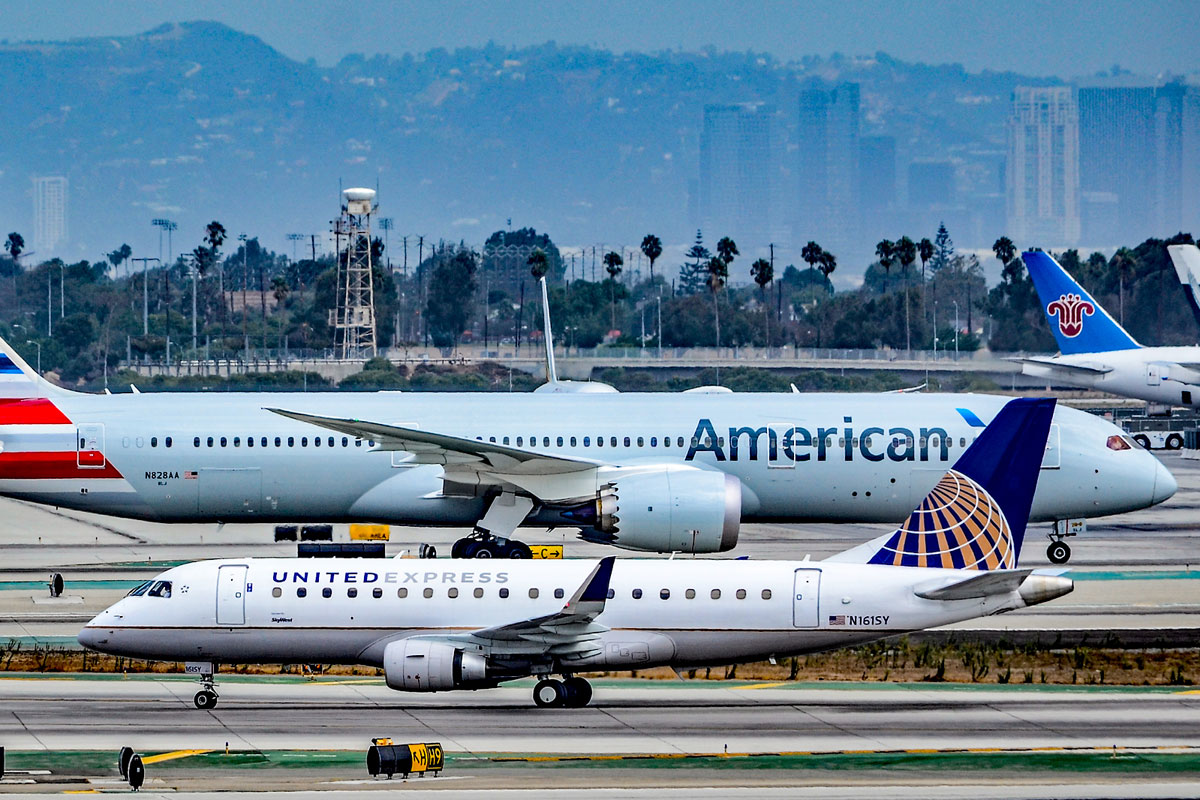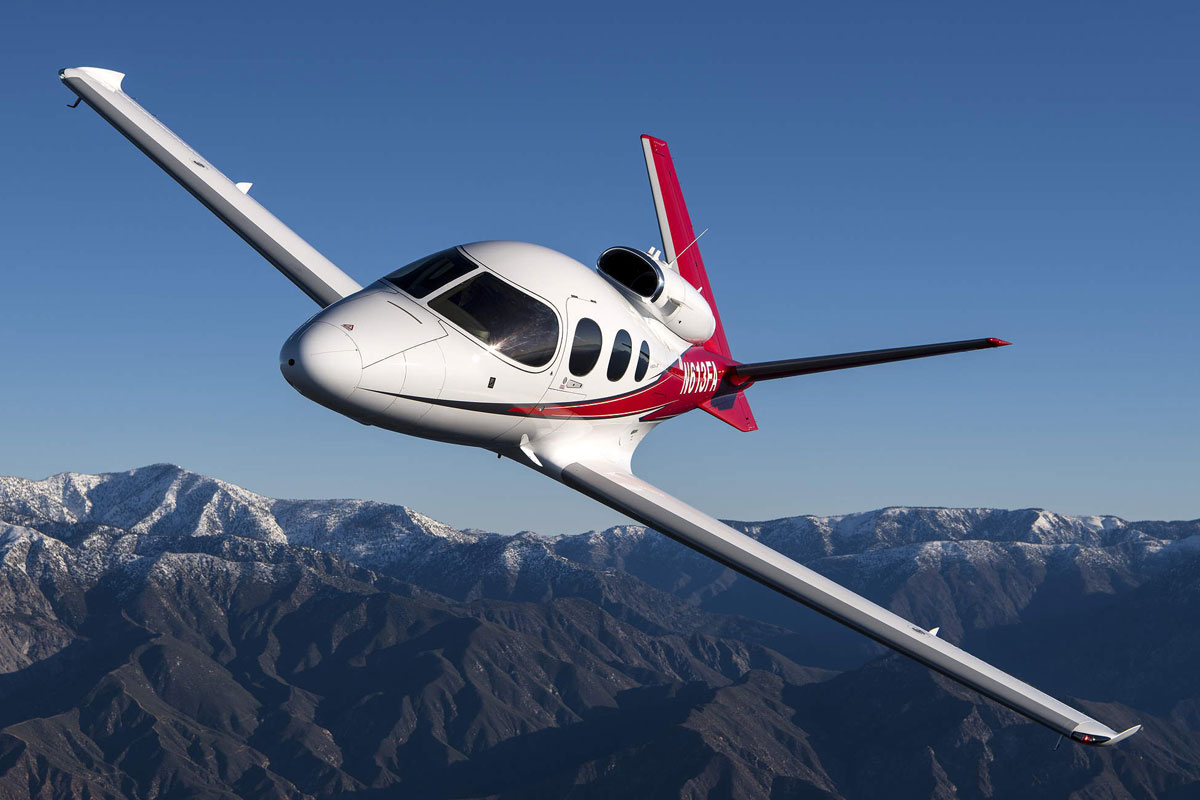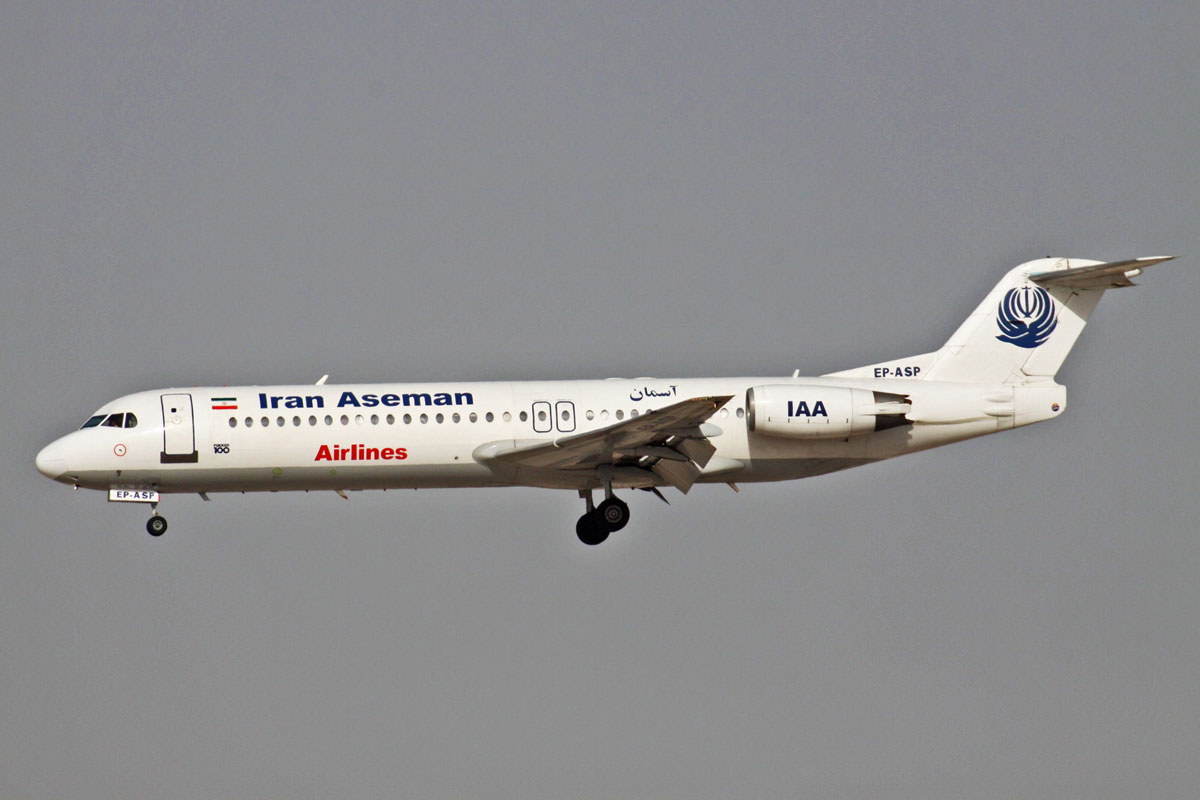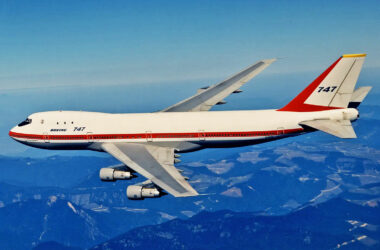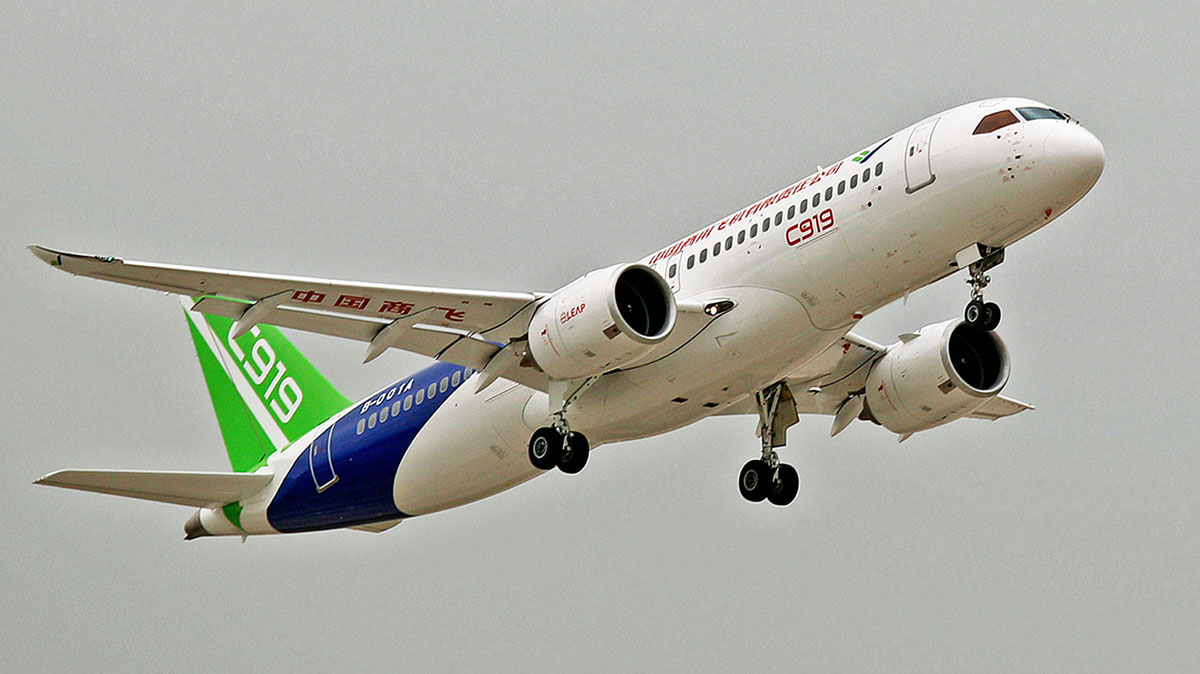The latest edition of Boeing’s Commercial Market Outlook outlines a scenario of immense growth in the fleet of single-aisle aircraft and even widebodies (now relegated by many companies) while predicting stagnation in the segment up to 100 seats, where Embraer stands out.
The U.S. planemaker study looks at the period between 2020 and 2039 when the number of commercial jets will jump from 25,900 (2019) to 48,400 units, up 187%.
All regions of the world will show growth, but the outlook highlights the expansion in Asia and the Pacific, formed by China, Southeast, Northeast and South Asia and Oceania. This large area will have an increase of 234% in the number of aircraft in 20 years, according to Boeing.
China, for example, will have almost 20% of commercial jets in the world (currently 15%), behind North America (the manufacturer does not separate the USA from Canada) and ahead of Europe.
The greatest growth will take place in the so-called South Asia, which includes countries like Afghanistan, Pakistan and especially India. In that region, the number of commercial jets will jump from 700 to 2,570 by 2039, according to the study.
The countries of the Middle East will also present a significant growth, of 232%, going from 1,510 to 3,500 aircraft. In the division of Boeing, Canada and the United States will have the most modest expansion, of 139%, perhaps due to the extensive use of air transport in these countries.
Latin America will also show evolution, with the number of planes doubling in two decades – from 1,540 to 3,060 units. Boeing’s forecast is favorable to its main jets: while regional models will be halved and freighters will be stagnant, aircraft such as the 737 and 787 will have significant growth.
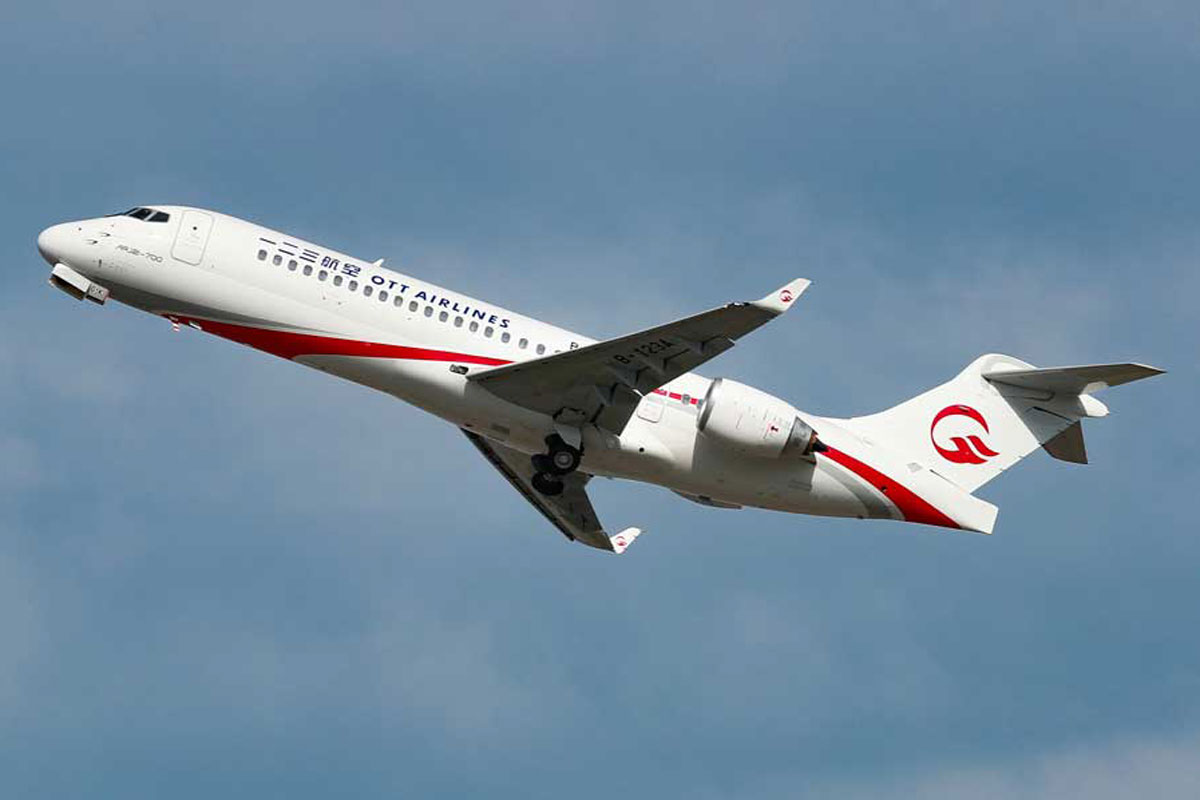
Regional jets will lose sales
Boeing’s outlook also divides projections into aircraft categories, including freighters, widebodies, single-aisle planes and regional jets. It is precisely the aircraft with up to 100 seats that present the only drop in absolute numbers.
According to Boeing, the current fleet of 2,710 aircraft is expected to drop to 2,650 in the next 20 years. The big reason is the shrinking number of planes in North America, currently accounting for 70% of the world fleet to 100 seats.
From 1,890 jets, the United States and Canada are expected to have 1,640 aircraft in 2039, down 13%. Boeing also sees that this category will lose ground in Europe, Latin America and Africa, but will grow in the Middle East, Russia and Central Asia, and Asia-Pacific, possibly including local production of the SSJ100 and ARJ21 jets.
Boeing’s forecast is worrying for its ‘former almost partner’, Embraer. The Brazilian manufacturer currently depends on the demand for jets of up to 76 seats from US airlines’ regional associates. The E175 model is hugely successful in this market and would lose space in the face of this hypothetical scenario.
The good news is that fleet renewal among regional jets will be 92% in Boeing’s opinion, less just than single-aisle planes (95%), but ahead of widebodies (87%) and, of course, freighters , with only 29% of really new aircraft.
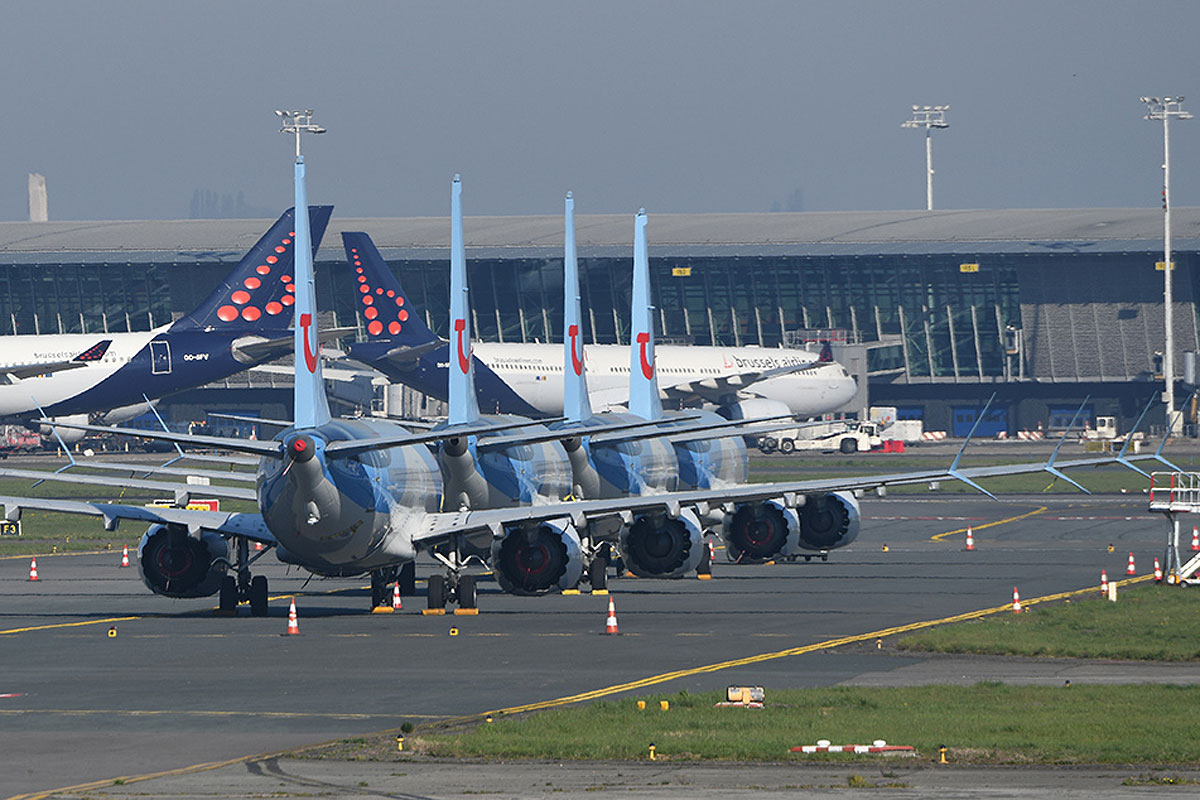
The company’s study, however, could be more clear and specific. According to Boeing criteria, aircraft like the E190 and A220 are represented in the same frame as much larger jets like the A321. A subdivision between 100 and 150 seats, for example, would have made the panorama more detailed and useful.
See how Boeing sees the commercial jet market in 2039:
| Asia-Pacific | North America | Europe | Middle East | Latin America | Russia & Central Asia | Africa | World | |
|---|---|---|---|---|---|---|---|---|
| DELIVERIES | ||||||||
| Regional Jet | 500 | 1.640 | 50 | 30 | 10 | 170 | 30 | 2.430 |
| Single Aisle | 13.320 | 6.140 | 7.210 | 1.540 | 2.360 | 940 | 760 | 32.270 |
| Widebody | 3.400 | 770 | 1.460 | 1.280 | 220 | 130 | 220 | 7.480 |
| Freighter | 265 | 445 | 90 | 95 | 20 | 10 | 5 | 930 |
| Total | 17.485 | 8.995 | 8.810 | 2.945 | 2.610 | 1.250 | 1.015 | 43.110 |
| 2019 FLEET | ||||||||
| Regional Jet | 150 | 1.890 | 240 | 30 | 80 | 190 | 130 | 2.710 |
| Single Aisle | 5.720 | 4.080 | 3.690 | 660 | 1.200 | 770 | 400 | 16.520 |
| Widebody | 1.800 | 700 | 980 | 740 | 150 | 140 | 150 | 4.660 |
| Freighter | 350 | 940 | 310 | 80 | 110 | 160 | 60 | 2.010 |
| Total | 8.020 | 7.610 | 5.220 | 1.510 | 1.540 | 1.260 | 740 | 25.900 |
| 2039 FLEET | ||||||||
| Regional Jet | 440 | 1.640 | 60 | 40 | 40 | 320 | 110 | 2.650 |
| Single Aisle | 13.640 | 6.860 | 6.840 | 1.730 | 2.600 | 1.190 | 990 | 33.850 |
| Widebody | 3.600 | 950 | 1.680 | 1.580 | 310 | 200 | 320 | 8.640 |
| Freighter | 1.090 | 1.160 | 470 | 150 | 110 | 160 | 120 | 3.260 |
| Total | 18.770 | 10.610 | 9.050 | 3.500 | 3.060 | 1.870 | 1.540 | 48.400 |

